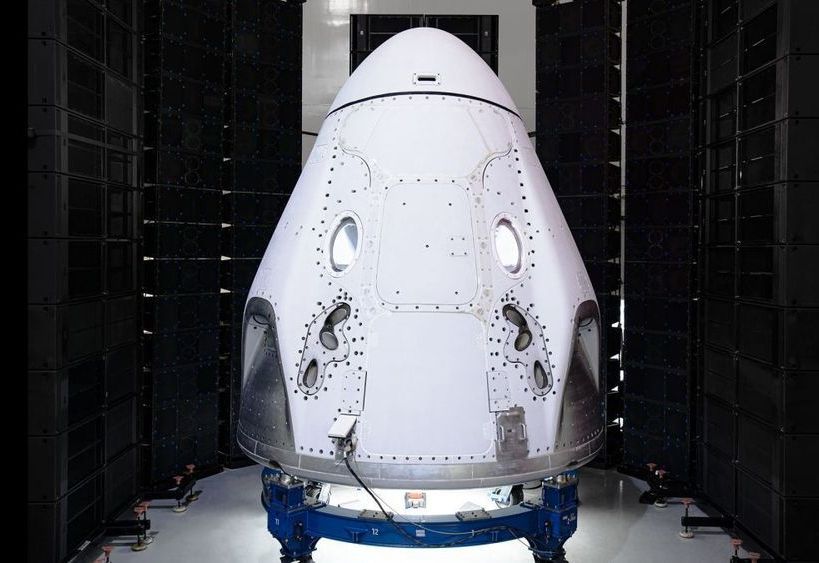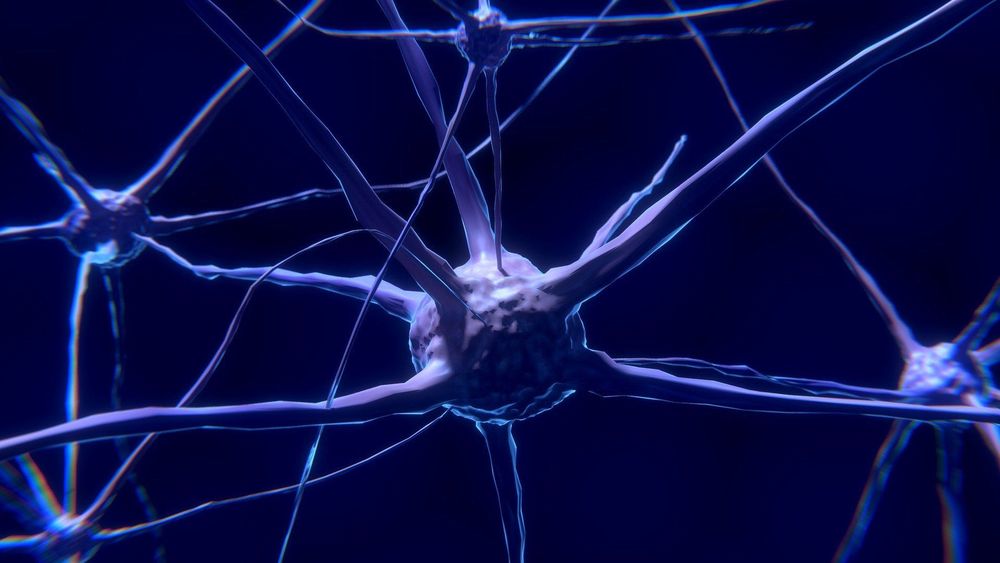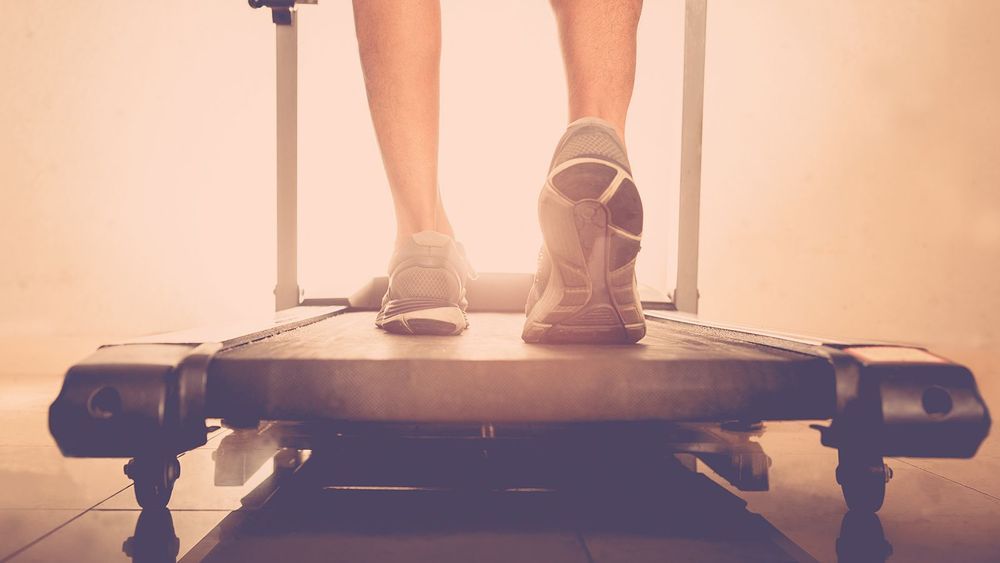May 14, 2020
Study confirms cats can become infected with and may transmit COVID-19 to other cats
Posted by Genevieve Klien in category: biotech/medical
In a study published today (May 13, 2020) in the New England Journal of Medicine, scientists in the U.S. and Japan report that in the laboratory, cats can readily become infected with SARS-CoV-2, the virus that causes COVID-19, and may be able to pass the virus to other cats.
Professor of Pathobiological Sciences at the University of Wisconsin School of Veterinary Medicine Yoshihiro Kawaoka led the study, in which researchers administered to three cats SARS-CoV-2 isolated from a human patient. The following day, the researchers swabbed the nasal passages of the cats and were able to detect the virus in two of the animals. Within three days, they detected the virus in all of the cats.
The day after the researchers administered virus to the first three cats, they placed another cat in each of their cages. Researchers did not administer SARS-CoV-2 virus to these cats.


















